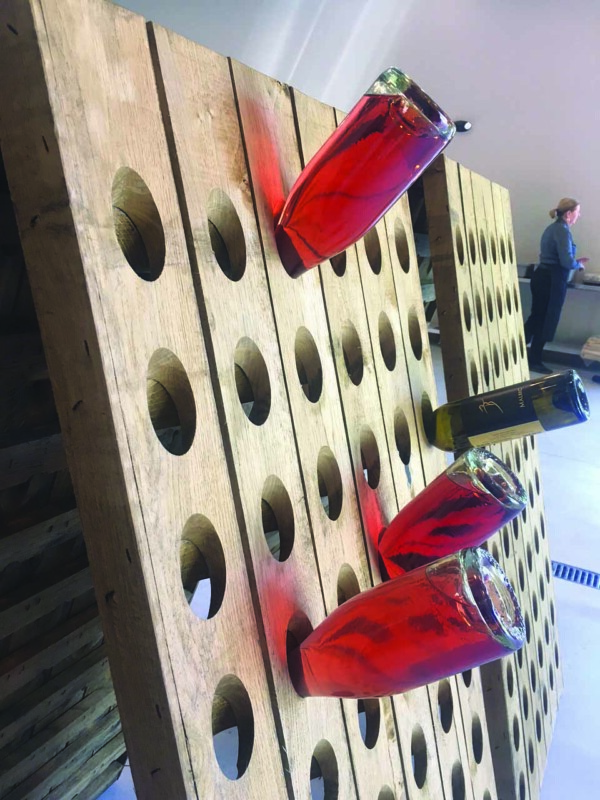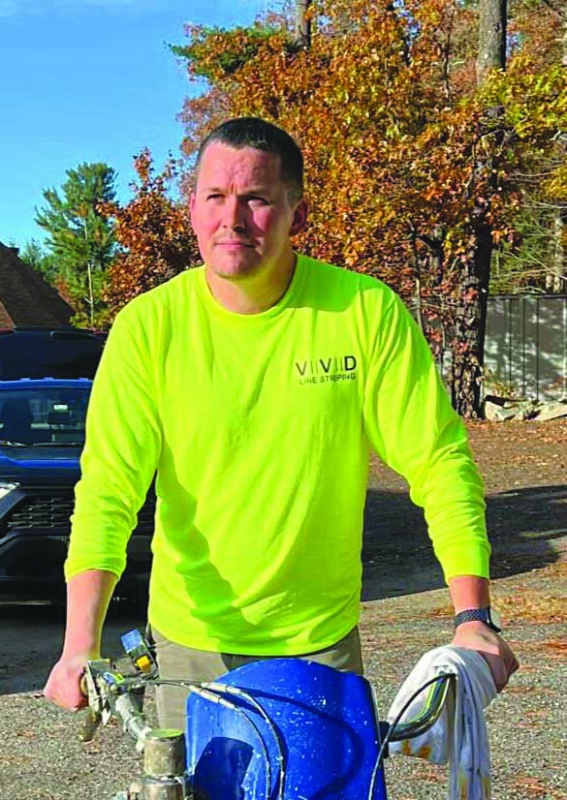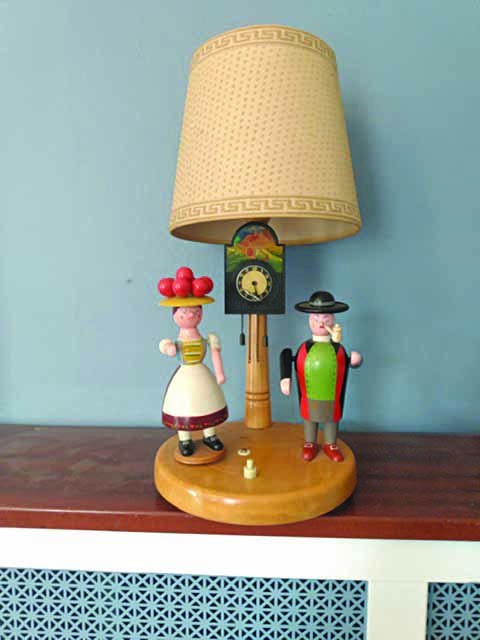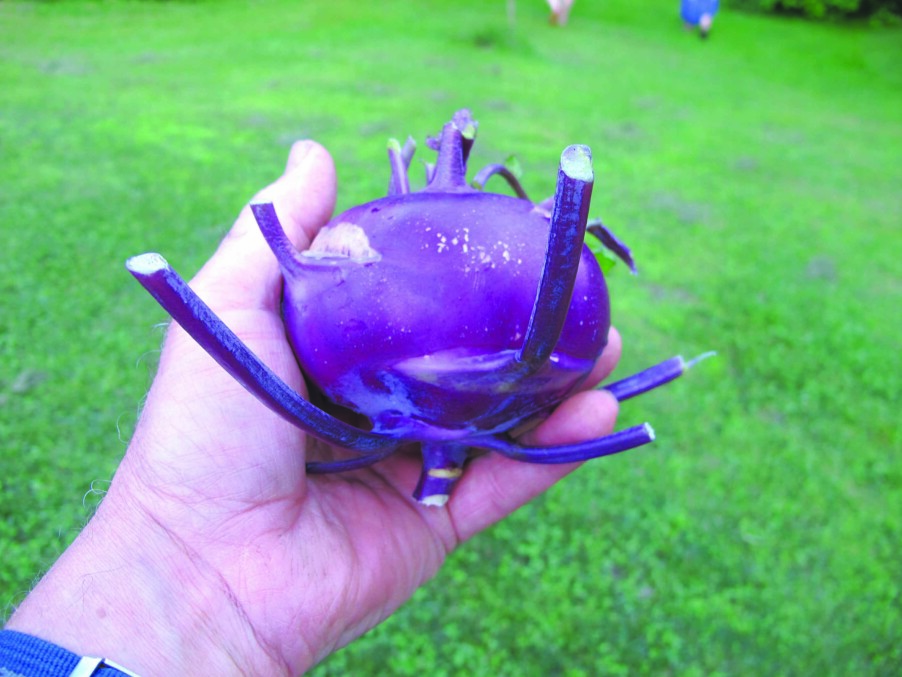LaBelle Winery unveils new sparkling wine barn in Derry
Last year was quite a busy one for LaBelle Winery — in 2021 alone, the company introduced a farm-to-table restaurant, a retail market, performance and event spaces and even a golf course, all on a 45-acre property on Route 111 in Derry acquired the previous December. The expansions have continued in the form of an on-site sparkling wine tasting barn and vineyard wedding ceremony space, brand new additions that recently began welcoming visitors. Following a June 8 ribbon cutting with the Greater Derry Londonderry Chamber of Commerce, a grand opening celebration is planned for Wednesday, June 22, and will include a cocktail reception, hors d’oeuvres, tours of the new property, an interactive sparkling wine display and more.
Construction on the 3,448-square-foot barn broke ground last October. A short walking path from the northeast end of the parking lot leads to the front doors of the tasting room.
Amy LaBelle, who founded LaBelle Winery in 2005, said building the barn was always part of the plan since she and her husband, Cesar Arboleda, took over the Derry property. Its chief purpose will be a production facility for new sparkling wine varieties created via Méthode Champenoise, a classic French technique only a few New England area wineries are known for.
“We have all these interesting businesses now under the LaBelle umbrella, but we can’t ever forget that the core of LaBelle is wine,” LaBelle said. “Real French-style Champagne is something that I’ve always wanted to make but just didn’t have enough production space for. … So we’ll be able to do that, and I’m really excited to use New England grapes for that process.”
The wines
Plans are currently underway to soon begin producing red, white and rosé sparkling wines out of the new barn. The building features a retail area and tasting room in the front and a production space in the back, plus a covered outdoor patio and an open-air terrace overlooking the vineyard.
Méthode Champenoise sparkling wines are characterized by a second fermentation inside the bottle during the production process. Bottles are intentionally filled with a lower percent ABV wine before yeast is added, as well as a dosage, or a new small amount of wine and sugar, for the yeast to eat. The bottle is then secured with a crown cap for the yeast to go to work.
“It starts breaking down the sugars, creating that extra one or two percent alcohol from what you’ve put in, and creating carbon dioxide as a byproduct,” LaBelle said. “So that’s how that wine gets bubbly. It’s created in the bottle that you’ll eventually drink from. … It also adds these beautiful bread-y notes, which is one reason why I love this method.”
The yeast eventually causes a residual substance called lees to form at the bottom of the bottle. After the second fermentation, LaBelle said, the next step of Méthode Champenoise involves removing the lees through a gradual process known as riddling.
“There are A-frame riddling racks and we place the neck of the bottle into them so that they’re at an angle … and then we turn those bottles every week, maybe just like an eighth of a turn, and that causes the lees to eventually make its way all into the neck,” she said. “That takes a long time, and I never had the space for all these racks before now. I could’ve put them out, but I would’ve had to move them too many times, and that would’ve disturbed the whole process.”
When the lees reaches the bottleneck, it’s flash frozen with nitrogen so it can be removed.
“When the plug goes out, [the bottle] gets a little low, so we fill it back up, pop in the cork and we’re off to the races,” LaBelle said.
LaBelle’s new sparkling wines created using this method will join its dozens of other wines and handcrafted artisan products available for sale out of the barn’s retail area, which include everything from jams, jellies and infused syrups to cooking oils, seasonings and more.
The vineyard
At about 3 acres, LaBelle’s newly planted vineyard in Derry is roughly the same size as its Amherst predecessor. It spans across a former golf course driving range adjacent to the wine barn, with a direct path from there to a central wedding ceremony space among the vines.
“In the middle of the vineyard, we’ve created an arbor built largely out of wine barrel materials,” LaBelle said. “So the idea is that if you want to get married in the vineyard, that space is available to you, and then you would recess up the path to the terrace, which fits 200 people for your cocktail hour. … Then you can go over to our ballroom for your dinner.”
Three grape varieties that have been planted in the vineyard — known as itasca, petit pear and cayuga — are all cold-hardy varieties suitable to withstand the cold winter climate. It will take about two years for the new vines to produce fruit that can be used for winemaking, LaBelle said, and until then the winery is expected to use grapes grown by local farmers.
“We’ll also be planting at the other side of the barn … so when you stand in the tasting room, you’ll literally be surrounded by vineyards, and you won’t be able to see the outside world,” she said. “We really wanted to give people that sense of being transported to wine country.”
The celebration
If you missed last week’s ribbon cutting ceremony for the wine barn, a ticketed grand opening celebration on June 22 will feature a uniquely intimate opportunity to experience the new space.
Attendees will get a chance to tour the property and learn more about the Méthode Champenoise process of making sparkling wine, as well as enjoy hors d’oeuvres and hear future plans for the barn. All ticket holders will also receive a complimentary signed copy of With a Twist, LaBelle’s own cocktail recipe book. The evening will even feature an interactive sparkling wine display.
“We have a performer coming who has a Champagne dress, so you’ll be served Champagne glasses from her dress, which is a whole thing,” LaBelle said. “It will be a lot of fun.”
LaBelle Winery Derry sparkling wine barn
A grand opening celebration is happening on Wednesday, June 22, from 5 to 6:30 p.m. Tickets are $45 per person and can be purchased online.
Where: 14 Route 111, Derry
Hours: Wednesday through Sunday, noon to 5 p.m. (the barn stays open an hour later on Thursdays, until 6 p.m., during LaBelle Winery’s concert nights)
Cost: Tastings are six for $14 or 10 for $20
More info: Visit labellewinery.com, find them on Facebook and Instagram or call 672-9898
Featured photo: Sparkling wines are placed on riddling racks during the production process to remove excess yeast. Photo by Matt Ingersoll.






